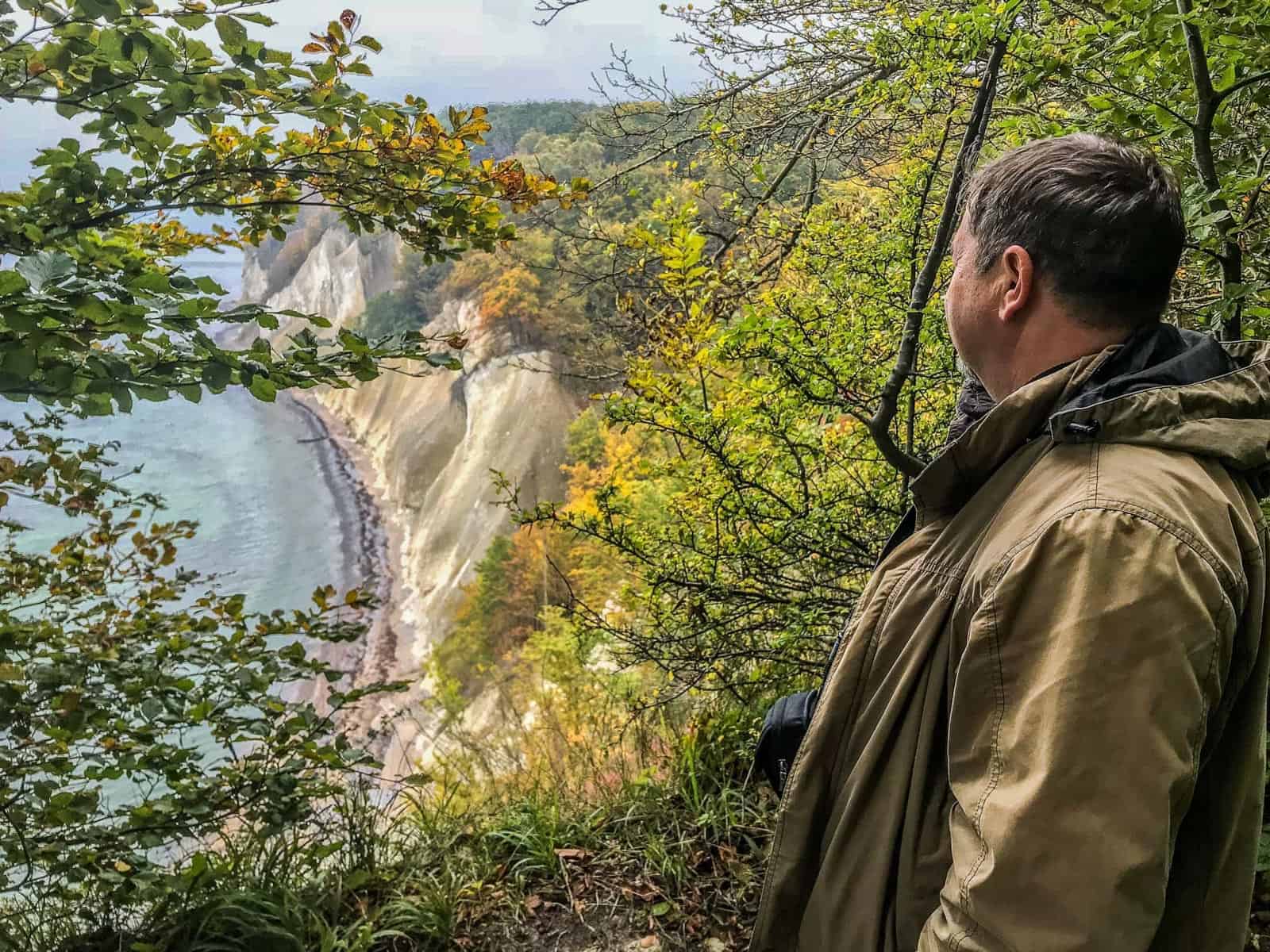Bigger means better: large trees capture more carbon
Old trees play an important role in the forest ecosystem, proving resources or other services to many animals and insects. Unfortunately, many trees do not live long enough to become really old. People have been logging forests across the world at an alarming rate. In fact, deforestation is one of the main challenges in biodiversity conservation. A new study in Frontiers in Forests and Global Change provides us yet another argument why we should let trees grow old again. The reason is simple: bigger trees are better at capturing carbon, and thereby helping to mitigate climate change.
Please also read: Deforestation in Europe increases
Disproportional carbon storage
In their new study, researchers compared the amount of carbon that bigger trees stored with smaller trees. The researchers classified trees with a diameter of more than 53.3 cm (21 inches) as big. While just 3% of the trees in the study areas had such diameters, they account for 42% of the carbon capture above ground. The researchers describe with their conclusion how a change in policy for forest management could affect carbon storage, when we decrease the protection of our big trees. This study took place on National Forest lands in Oregon and Washington.
To calculate the carbon storage of trees above the ground, researchers used species-specific equations. In general, the researchers calculate the tree diameter and height of the stem and branches, while taking into account that 50% of the tree biomass consists of carbon. So, the older the tree gets, the more carbon it needs to create a ring of new growth each year.
This is why specifically letting large trees grow larger is so important for climate change because it maintains the carbon stores in the trees and accumulates more carbon out of the atmosphere at a very low cost.

A short-term solution to stabilise climate change
The researchers argue that letting a larger proportion of the trees grow older and bigger offers an effective short-term solution to mitigate climate change. Furthermore, they provide a lot of other valuable services to humanity and other flora and fauna. As the researchers describe, the large trees are a cornerstone of forest biodiversity and contribute to its resilience. For example, they play an important role for plants, birds, mammals, insects, and even micro-organisms. Also, they act as water storage pillars that help the area to cool down by slowly evaporating water through their leaves. As the researchers state, it will be crucial to continue the protection of old forests across the world.
Curious to read the entire study? Find the article in the link below:









Nice post! Glad to read and learn about it. Visit Tree Service Orange County for more information.
Great Ondrej! Hopefully the young forest rangers learn something new and challenge their brain with these mathematical calculations!
Thanks, Nick. It inspired me to prepare a covid-homework for kids: https://malystrazce.cz/du-1-m-pr/